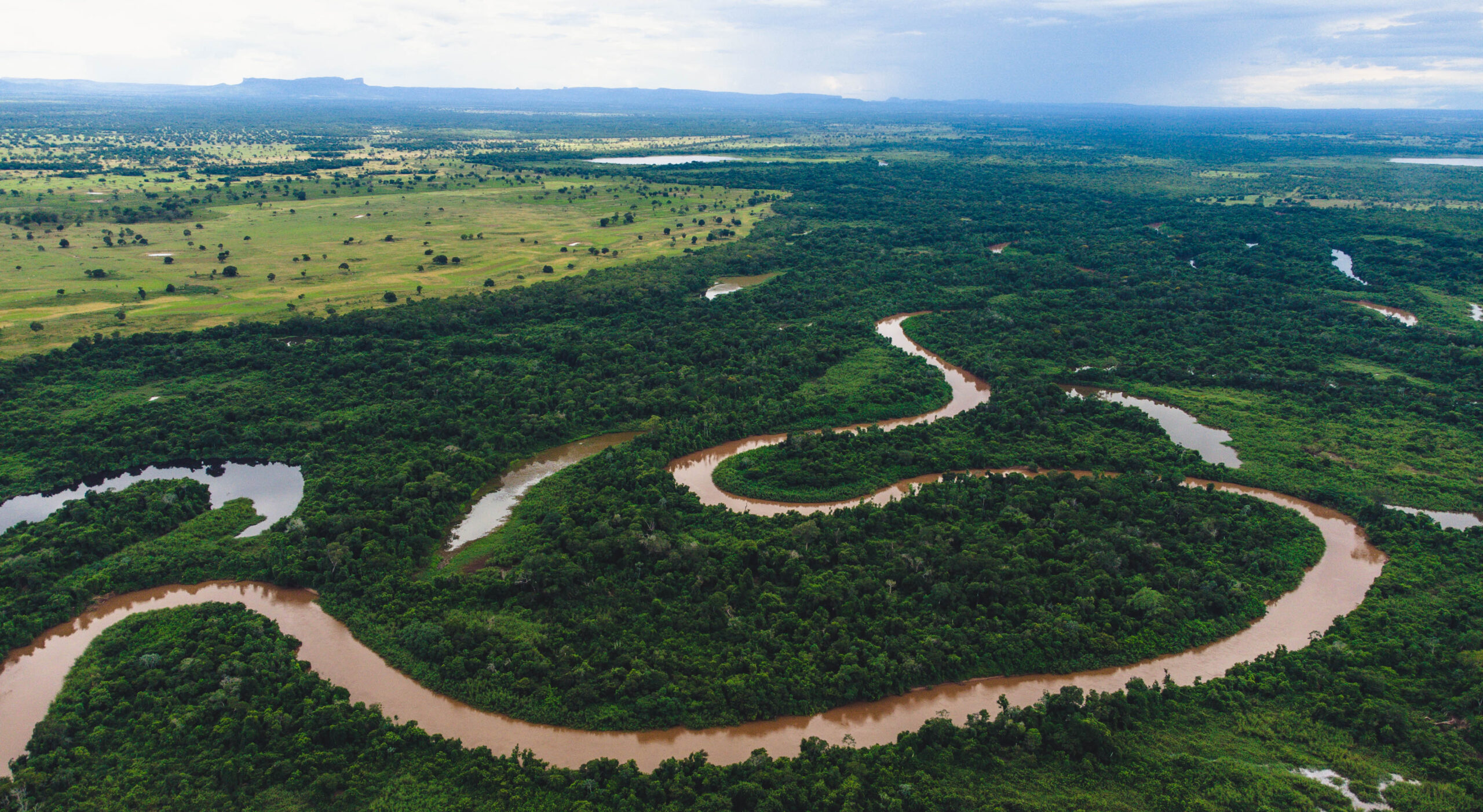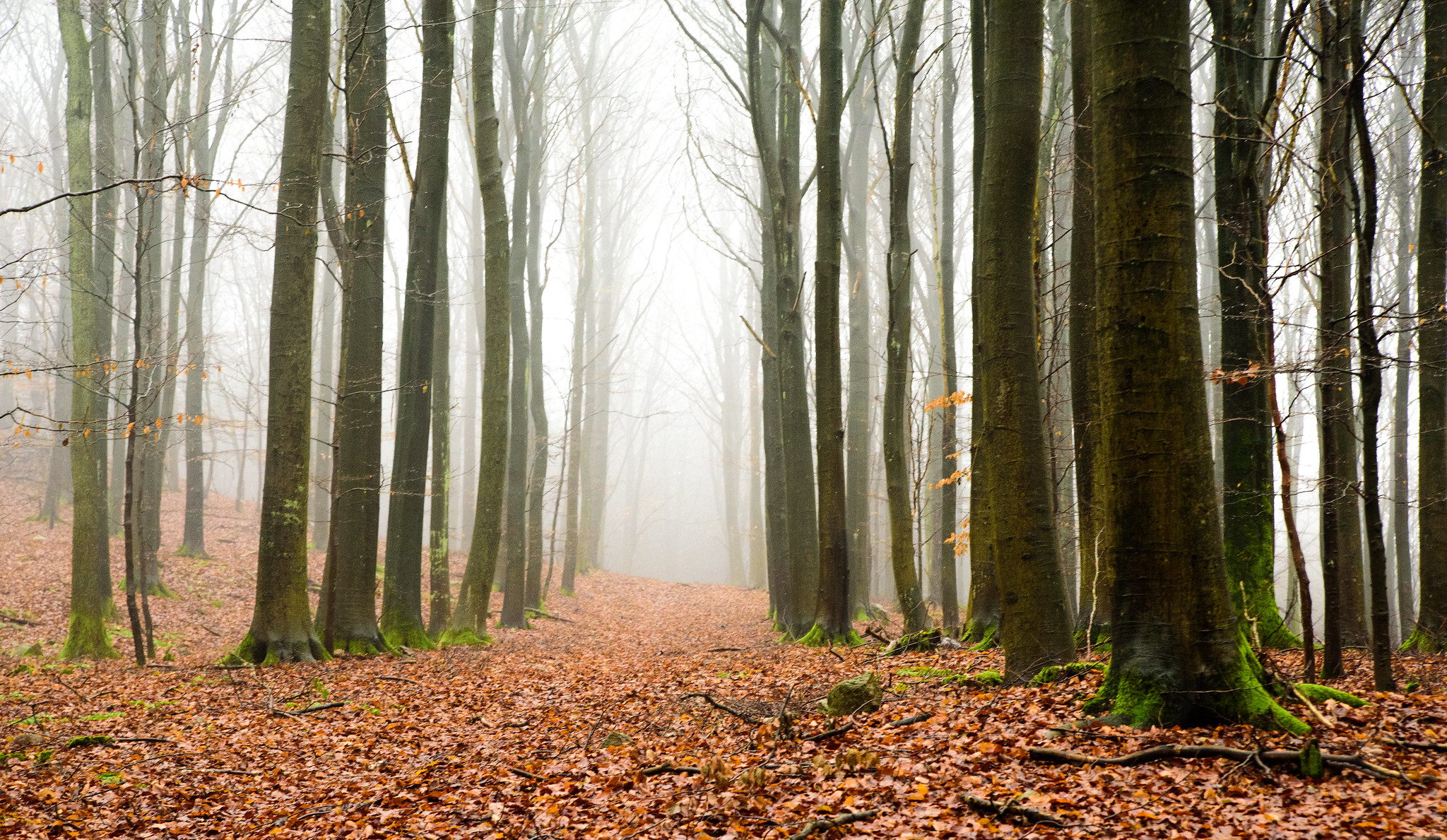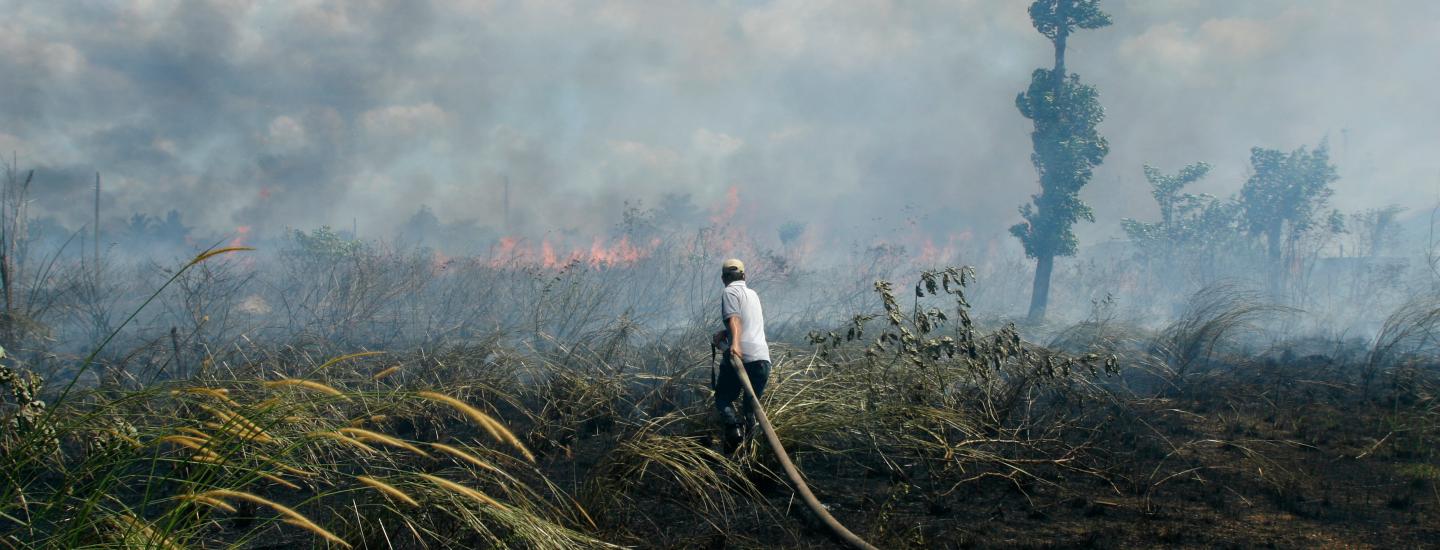- Insights
Coatis, Conservation and Cattle Smuggling: The Forests of Petén-Veracruz

Stretching from the Mexican state of Veracruz down to Guatemala and into Belize, the forests of Petén-Veracruz compose a large portion of Central America’s lush tropical landscape.
The Petén-Veracruz Moist Forests are considered an “ecoregion” — a subset of the 14 major biomes designated by the World Wildlife Fund (WWF). There are 867 terrestrial ecoregions representing distinct collections of species communities across the globe, and each one can be viewed an analyzed for tree cover loss using Global Forest Watch.
 A coati in the wild. Stefan David/Flickr
A coati in the wild. Stefan David/FlickrPetén-Veracruz Forests are part of the larger tropical broadleaf moist forest biome. The ecosystem is characterized by a hot, humid climate and heavy rainfall seven months out of the year.
This tropical climate, combined with some of the most fertile soil in the region has made the Petén-Veracruz forests a hotspot for biodiversity. Big cat species like jaguars and ocelots are native to the southern extent and BirdLife International has named the forests of this ecoregion an endemic bird area. Species such as green macaw, flightless birds called tinamou, grey foxes, tapir and coatis— a relative of the racoon— are present throughout the region. Central American spider monkeys can also be found swinging through the thick forest, making them the northernmost monkey species in the Americas.
This hotspot of biodiversity is under threat, however. The WWF lists Petén-Veracruz moist forests as a critically endangered ecoregion and many of the species that call them home are on the verge of vanishing. It is estimated that only 8 percent of the original forests remain. Data from GFW shows 1.9 million hectares of the forests’ 14.9-million-hectare extent has been lost since 2001.
In the Mexican portion of the ecoregion, GFW data shows the dominant deforestation driver is shifting agriculture. The Mexican land tenure system grants land ownership rights to local and indigenous communities. This can have both positive and negative consequences for forests. Although Mexico’s payments for ecosystem services policies have proven effective in some local communities, the legal right to determine if the forest is converted to farmland still rests with the community that owns the land.

To the south, commodity-driven deforestation is having a large impact. Palm oil production and cattle ranching are some of the more lucrative industries in the region. Many livestock animals are illegally trafficked into Mexico from Guatemala without documentation, allowed to graze and fatten up and then sold again. This industry is growing larger as local populations expand, placing more and more pressure on the forests.
In 2017 a group of journalists uncovered a secret airstrip in Guatemala’s Laguna del Tigre National Park. Such runways are often linked to illegal drug or human trafficking schemes, as the surrounding forests provide cover to hide small aircraft and Laguna del Tigre’s proximity to the Mexican border makes it an ideal landing location. According to officials there have been over 65 runways found in the park alone, fragmenting what is left of the endangered habitat.
There are several protected areas within the Petén-Veracruz ecoregion dedicated to preserving forest integrity and biodiversity, including Laguna del Tigre and the Maya Biosphere Reserve in Guatemala and the Montes Azules Biosphere reserve in the Mexican state of Chiapas. In addition to preserving intact forest habitat, the reserves also protect the ruins of the ancient Mayan civilization that was present in the area up until 200 AD.
Viewing protected areas on the map shows that the areas inside such reserves are standing up much better to tree cover loss than the surrounding landscapes. Of the nearly 330,000 hectares that compose the Montes Azules Biosphere Reserve, only 20,000 hectares have seen tree cover loss.
Reserves like the Maya Biosphere Reserve in Guatemala have been able to successfully employ forest management strategies. Local communities living within the reserve make their livelihoods from sustainable forestry and the harvesting of nuts and palm fronds. Not only have these concessions reduced the rate of deforestation in the area to near zero, they have also improved the quality of life for the local communities. Incomes have increased for both men and women, and money from the sale of lumber has paid for the construction of a school in the reserve.
Despite these successes, forest loss and fragmentation across the ecoregion continue. As human dynamics within the Petén-Veracruz Moist Forests shift, forest monitors will need to adapt their strategies to ensure this unique and diverse ecosystem survives.
The analysis in this article was performed using Global Forest Watch’s ecoregion analysis tool. To learn more about the Petén-Veracruz Moist Forests and other forest ecosystems, visit the GFW map.
BANNER PHOTO: A jaguar, on of the endangered species native to the Petén-Veracruz Moist Forests. USFWS.


